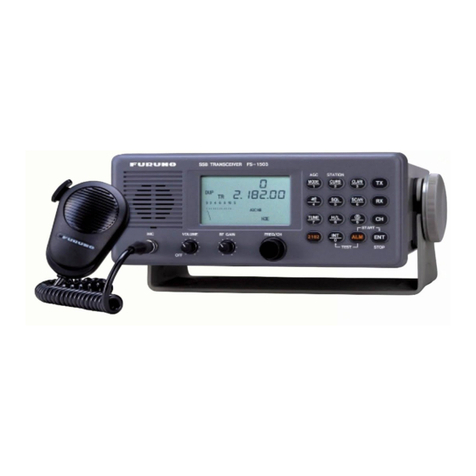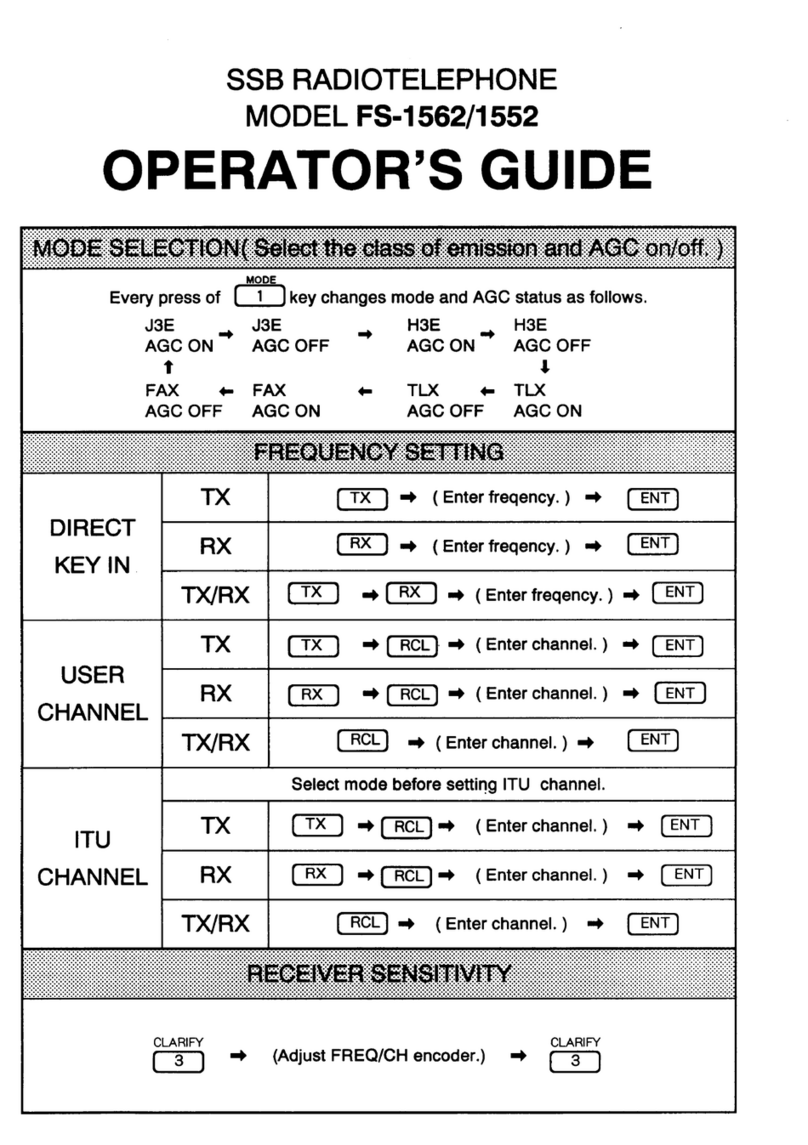Furuno FM-8700 User manual
Other Furuno Telephone manuals

Furuno
Furuno FM-8800S User manual

Furuno
Furuno FM-8700 User manual

Furuno
Furuno FS-5075 (500 W) User manual
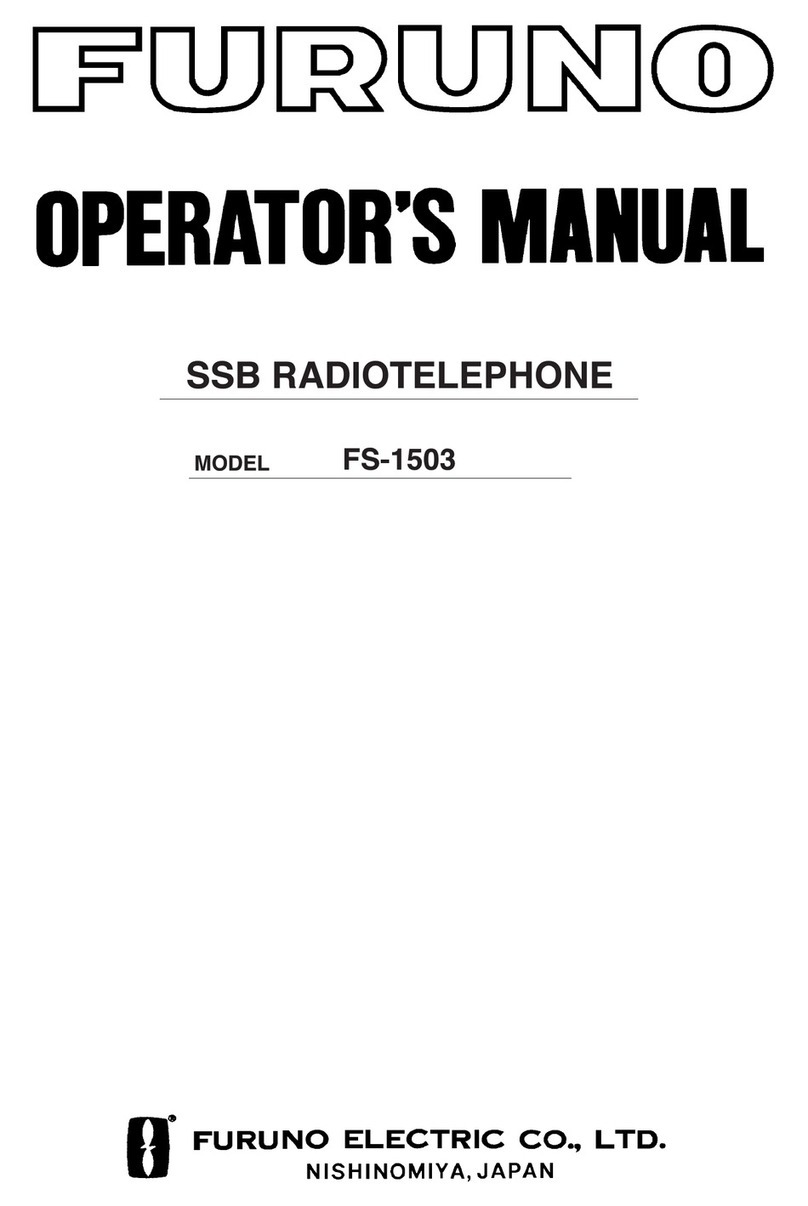
Furuno
Furuno FS-1503 User manual

Furuno
Furuno FM-7000 User manual

Furuno
Furuno FS-1562-15 User manual
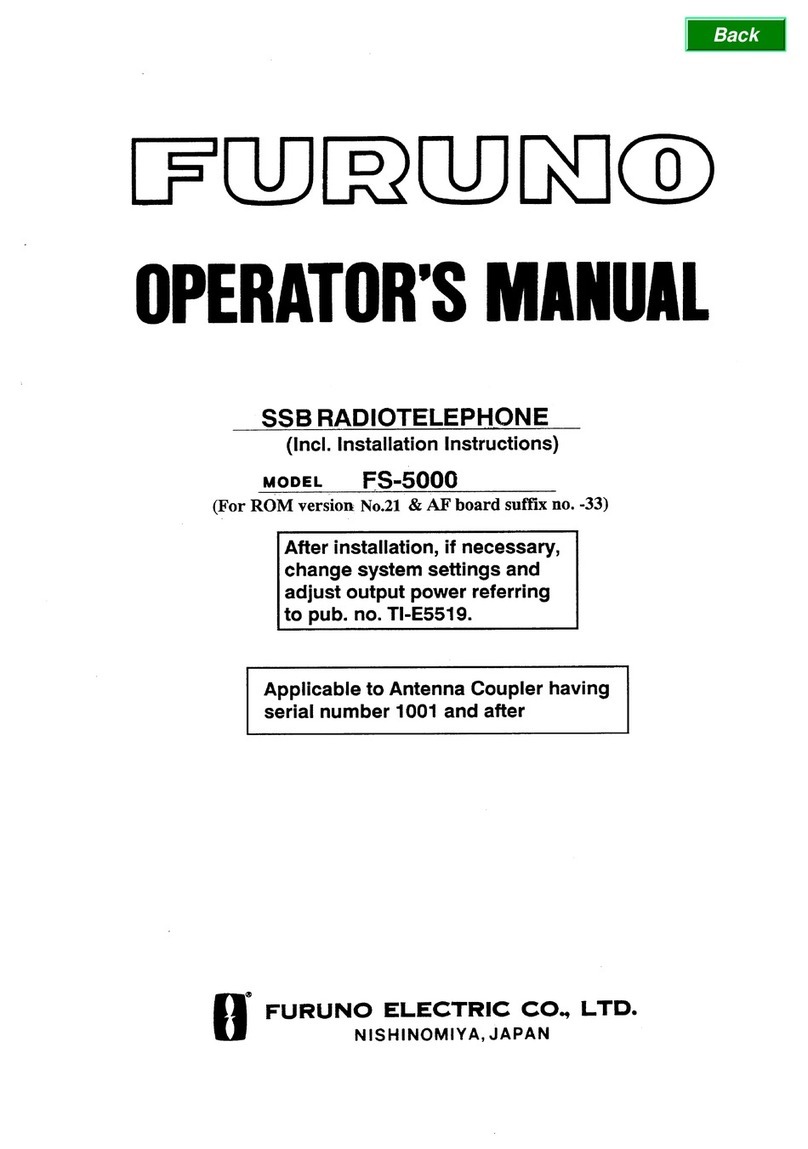
Furuno
Furuno FS-5000 User manual

Furuno
Furuno FM-8500 User manual

Furuno
Furuno FM-2721 User manual

Furuno
Furuno FS-2570 Manual

Furuno
Furuno FS-1501 User manual

Furuno
Furuno FS-1570 User manual
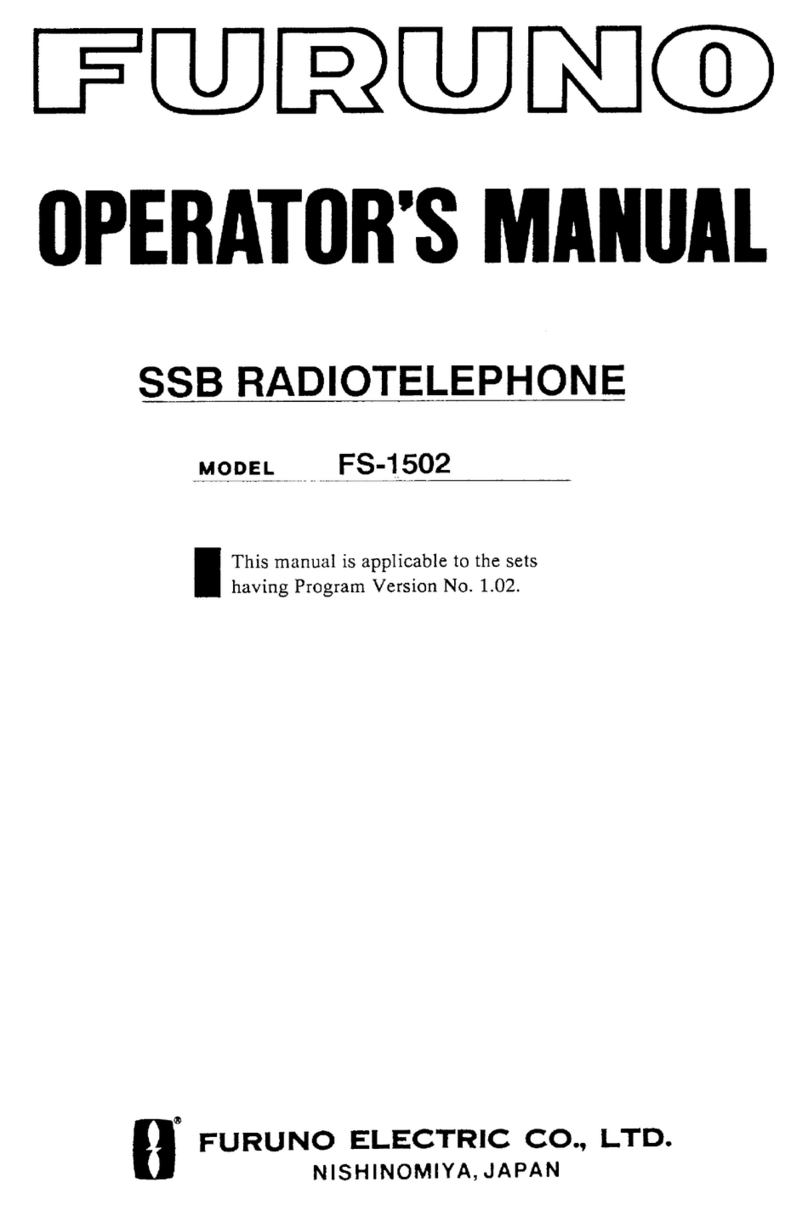
Furuno
Furuno FS-1502 User manual

Furuno
Furuno FS-1570 User manual

Furuno
Furuno FM-2510 User manual

Furuno
Furuno LH-5000 User manual

Furuno
Furuno FM-8000 User manual
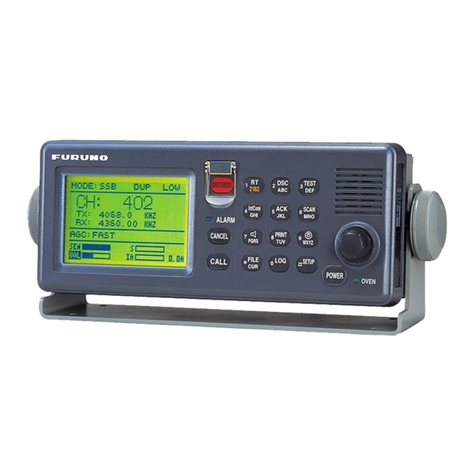
Furuno
Furuno FS-1570 User manual

Furuno
Furuno FM-4000 User manual

Furuno
Furuno FS-1552 User manual

